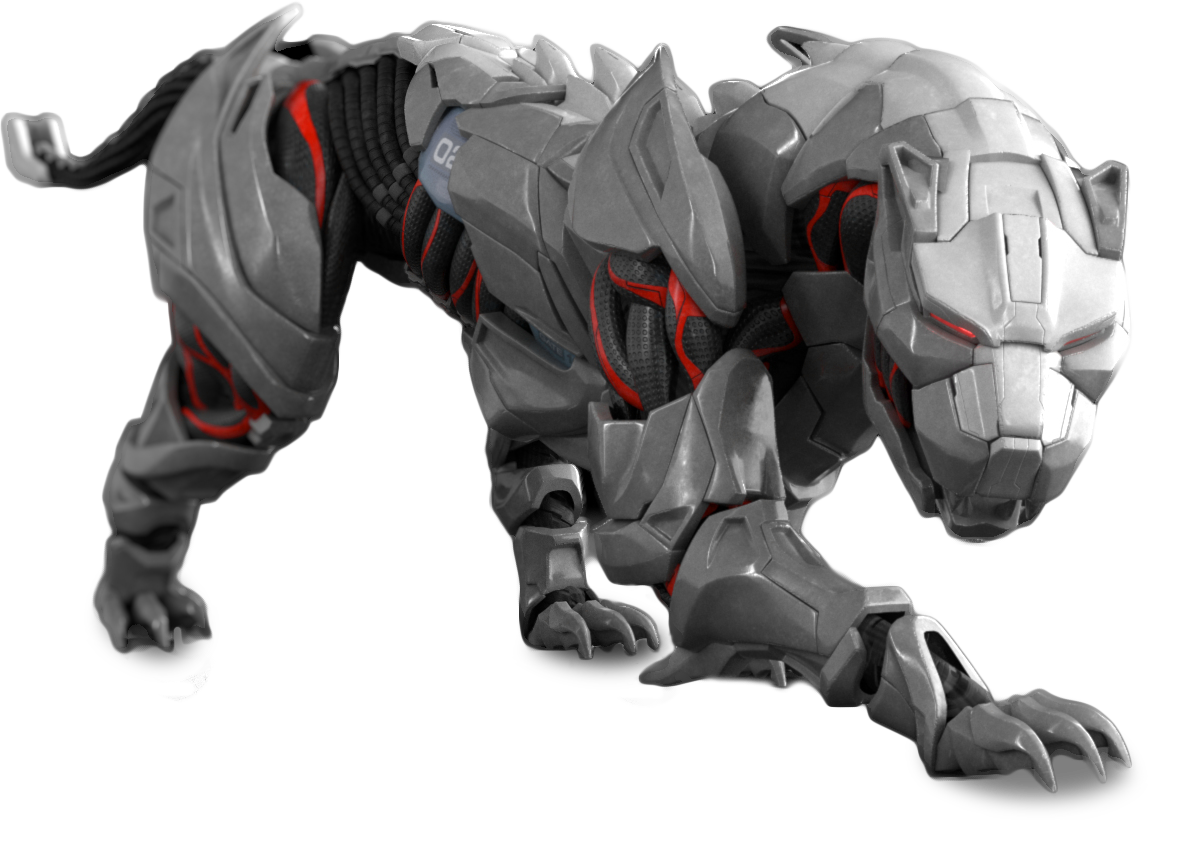

Rewterz Threat Advisory – Multiple Microsoft Edge (Chromium-based) Vulnerabilities
June 27, 2022
Rewterz Threat Alert – Ursnif Banking Trojan – Active IOCs
June 27, 2022
Rewterz Threat Advisory – Multiple Microsoft Edge (Chromium-based) Vulnerabilities
June 27, 2022
Rewterz Threat Alert – Ursnif Banking Trojan – Active IOCs
June 27, 2022Severity
High
Analysis Summary
Cobalt Strike first appeared in 2012 in response to alleged flaws in the Metasploit Framework, an existing red team (penetration testing) tool. Cobalt Strike 3.0 was released in 2015 as a stand-alone opponent emulation platform. However, researchers began observing threat actors using Cobalt Strike by 2016. Cobalt Strike’s use in hostile activities was previously connected with huge cybercriminal operations like TA3546 and APT40. Two-thirds of detected Cobalt hit efforts from 2016 to 2018 were attributable to well-resourced cybercrime organizations or APT groups, according to researchers.
Cobalt Strike lets the attacker install a ‘Beacon’ agent on the target PC which provides the attacker with a plethora of capabilities, including command execution, file transfer, keylogging, mimikatz, port scanning, and privilege escalation. Cobalt Strike includes a toolkit called Artifact Kit that is used to create shellcode loaders.
Impact
- Data Exfiltration
- Information Theft
Indicators of Compromise
MD5
- 8fc15b030254c0d49f18d06c696d6986
SHA-256
- bd68ecd681b844232f050c21c1ea914590351ef64e889d8ef37ea63bd9e2a2ec
SHA-1
- 75f62f4d419b921bc081b5e8387665ac3cffd0d7
Remediation
- Block the threat indicators at their respective controls.
- Search for IOCs in your environment.








